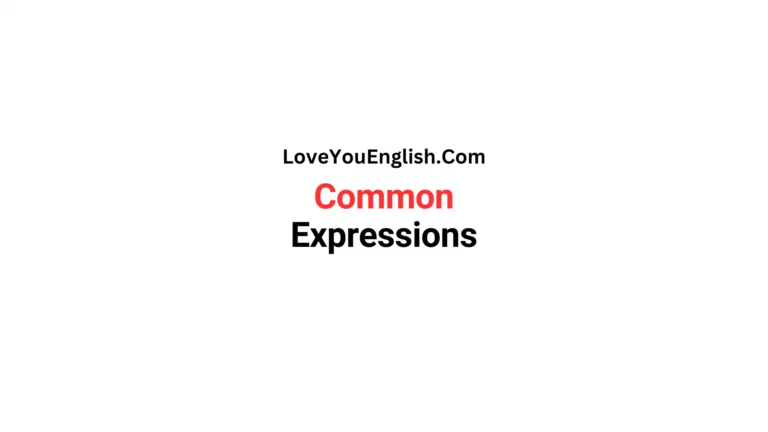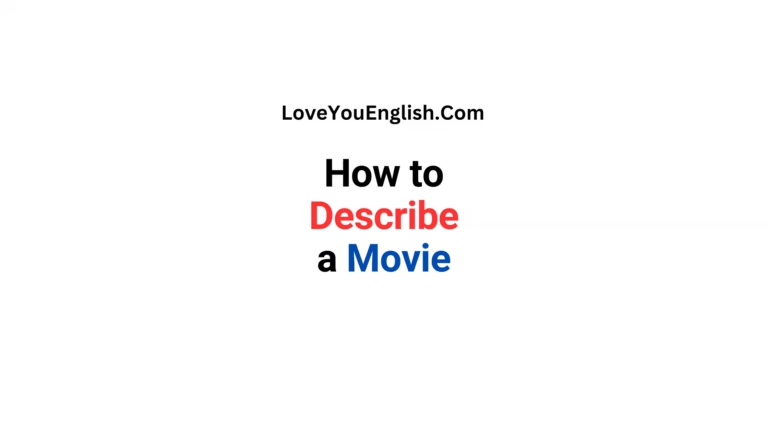The Ultimate Guide to Book Apps
Book Apps
In today’s world, the way we enjoy reading books has changed a lot.
We no longer have to carry around heavy hardcover books or fill our backpacks with paperbacks.
Now, we can access tons of books right on our devices, thanks to book apps.
These cool tools have transformed reading, making it easier, more convenient, and even more fun than before.
In this post, we will explore the amazing world of book apps, looking at their features, advantages, and how they are changing the future of reading.
Table of Contents
ToggleWhat Are Book Apps?
First, let’s understand what book apps are.
Book apps are programs you can download on smartphones, tablets, and other digital devices that let you read books online.
You can think of them as mini libraries that you can carry around in your pocket.
These apps not only allow you to read e-books but also come with various features to make your reading experience even better.
The Rise of Book Apps
Recently, book apps have become super popular.
Since so many people have smartphones and tablets now, it makes sense that digital reading is on the rise.
Recent data shows that e-book sales are going up, and book apps play a big role in this growth.
Book apps are becoming super popular for a bunch of reasons:
Convenience: You can take your whole library with you anywhere.
Accessibility: You can instantly find millions of books at your fingertips.
Customization: You can change font sizes, backgrounds, and other settings to fit your style.
Interactive features: Many apps let you look up words, take notes, and share with friends.
Cost-effective: E-books usually cost less than regular books, and many classics are available for free.
Popular Book Apps
Now that we know why book apps are a hit, let’s check out some of the most popular ones:
Kindle: Amazon’s Kindle app is probably the most well-known. It has a huge collection of e-books, from bestsellers to classics and indie books. Plus, it syncs across devices, so you can start reading on your phone and continue on your tablet.
Apple Books: For those with iOS devices, Apple Books (previously called iBooks) is a great built-in option. It has a nice design and works well with other Apple products, offering a solid selection of books and audiobooks.
Google Play Books: This app is for Android users and lets you buy and read e-books from the Google Play Store. You can also upload your own PDF and EPUB files.
Kobo: Kobo is another favorite, known for being easy to use and having a large library. It’s especially popular in other countries.
Scribd: Scribd works on a subscription basis, giving you access to tons of e-books, audiobooks, and even magazines for a monthly fee.
Libby: Libby is special because it connects to your local library. You can borrow e-books and audiobooks for free, just like you would with physical books.
Important Features to Consider in Book Apps
Not every book app is the same.
Here are some important features to think about when picking a book app:
Library Size: A larger library is usually better. Look for apps that offer a variety of titles in different genres.
User Interface: A simple and easy-to-navigate interface makes reading more fun.
Customization Options: Being able to adjust font sizes, styles, and background colors can really help with reading comfort.
Syncing: If you use more than one device, it’s important that your reading progress syncs across them.
Offline Reading: Check if you can download books to read without needing the internet.
Note-taking and Highlighting: These tools are perfect for students or anyone who likes to dive deep into their reading.
Dictionary and Translation: Having a built-in dictionary and translation features can be super useful, especially for reading in another language.
Social Features: Some apps let you share quotes or chat about books with friends.
Price and Payment Options: Think about how much the books cost and if the app has subscription plans or pay-per-book choices.
How Book Apps Are Changing the Way We Read
Book apps are not just changing how we get books; they’re also changing how we read them.
Here’s how:
Reading More: With books always at our fingertips, many people find they read more often, even if it’s just for a few minutes.
Finding New Books: Book apps usually have recommendation systems that help readers discover new titles they might like.
Interactive Reading: Features like built-in dictionaries, links to Wikipedia, and community notes make reading more engaging.
Multi-device Reading: Now, people can easily switch between devices, reading on their phone during a bus ride and on their tablet at home.
Social Reading: Some apps let readers share their favorite quotes or discuss books with friends, making reading a group activity.
The Advantages of Using Book Apps
Book apps have a lot of great benefits compared to regular books:
Convenience: You can have thousands of books right in your pocket.
Easy to Use: Many apps have features like text-to-speech and adjustable font sizes, which help people with vision problems read better.
Eco-Friendly: E-books help save paper and reduce the environmental impact of making and shipping physical books.
Quick Access: You can download books right away, so you don’t have to wait for them to arrive or go to a store.
Space Efficient: You won’t need big bookshelves taking up room in your house.
Reading at Night: Most apps have a night mode, so you can read in the dark without bothering anyone else.
Easy Searching: You can quickly look up specific words or phrases in a book.
Learning New Words: Built-in dictionaries make it simple to find the meanings of words you don’t know.
Challenges and Issues
Even though book apps have many perks, there are some downsides:
Eye Strain: Staring at a screen for too long can hurt your eyes.
Battery Dependency: E-readers and tablets need to be charged, while regular books don’t.
Distractions: It’s easy to get distracted by notifications or other apps on your device.
Usage Restrictions: Some e-books have rules that limit how you can read them.
Privacy Issues: Book apps might track what you read, which can feel invasive to some people.
Missing the Physical Touch: Many readers miss the feel and smell of real books.
Tips for Getting the Most Out of Book Apps
If you’re just starting with book apps or want to make your digital reading better, here are some helpful tips:
Try Out Different Apps: Test various apps to see which one you like the most.
Adjust Your Settings: Spend some time changing the font size, background color, and other options to make reading more comfortable.
Use Cloud Sync: Turn on syncing so you can access your books and reading progress on any device.
Look for Free Books: Many apps have free classic books and special offers.
Join Online Book Groups: Get involved in online book clubs or discussions to enhance your reading journey.
Participate in Reading Challenges: Some apps have challenges that can inspire you to read more.
Explore New Formats: Give audiobooks or graphic novels a shot for something different.
Utilize Bookmarks and Highlights: Highlight important sections for easy access later.
Set Reading Targets: Use the app’s features to set and track your reading goals.
Take Breaks: Don’t forget to rest your eyes every now and then when reading on screens.
The Future of Book Apps
As technology keeps advancing, book apps will change too.
Here are some cool things we might see soon:
More Interactivity: Future apps could include multimedia features, making books feel more like an experience.
AI Recommendations: Artificial intelligence might offer personalized book suggestions and even create unique content.
Virtual Reality: VR could let you read in virtual settings, like a beach or a cozy library, no matter where you are.
Better E-ink Displays: Improvements in e-ink technology could make reading on screens feel more like reading a real book.
Social Reading Features: We might see more apps that focus on sharing and discussing books with others.
Smart Home Integration: Imagine your smart home adjusting the lights automatically when you start reading.
Blockchain for Rights Management: This could help manage digital rights for e-books in a fairer way.
Book Apps for Different Types of Readers
Book apps are perfect for all types of readers.
Here are some suggestions based on what you like to read:
For Fiction Fans: Apps like Kindle, Kobo, or Apple Books have huge collections of novels in every genre you can think of.
For Non-Fiction Readers: Check out Blinkist or getAbstract, which give you quick summaries of non-fiction books.
For Comic Book Lovers: ComiXology and Marvel Unlimited are awesome for digital comics and graphic novels.
For Audiobook Fans: Audible and Libro.fm have a wide range of audiobooks to choose from.
For Language Learners: LingQ and Beelinguapp can help you read in different languages.
For Kids: Epic! and FarFaria provide fun e-books for children with interactive features.
For Students: VitalSource and RedShelf are made for textbooks and academic materials.
How to Pick the Best Book App for You
With so many choices, picking the right book app can be tricky.
Here are some things to think about:
Device Compatibility: Make sure the app works well on your devices.
Book Selection: Look for an app that has the kinds of books you like to read.
Price: Think about how much the app costs (if it does) and the prices of the books inside it.
Features: Decide which features matter most to you, like note-taking or sharing with friends.
User Reviews: Check what other users say about how well the app works and its customer service.
Free Trial: If there’s a free trial, use it to see if you like the app.
Reading Goals: Choose an app that fits your reading goals, whether it’s reading more, learning new languages, or studying for school.
Conclusion
Book apps have changed the way we enjoy reading, making it easier and more convenient than ever.
Whether you read just for fun or you’re a total book lover, there’s a book app that can make your reading experience even better.
You can carry your whole library in your pocket, find new books, and connect with other readers, opening up a whole new world of possibilities.
Looking ahead, it’s obvious that book apps will keep getting better, adding new technologies and features that we can’t even think of right now.
While they might not completely take the place of real books, they definitely have a special spot in the toolkit of today’s readers.
So, why not try out some book apps?
Download a few, check out what they offer, and see how they can fit into your reading routine.
You might be amazed at how much they can enhance your love for books and introduce you to new stories.
In the end, the most important thing is to enjoy reading.
Whether you love the feel of a book in your hands or the light from a screen, what really matters is the stories you find, the knowledge you gain, and the adventures you go on through reading.
Happy reading!







